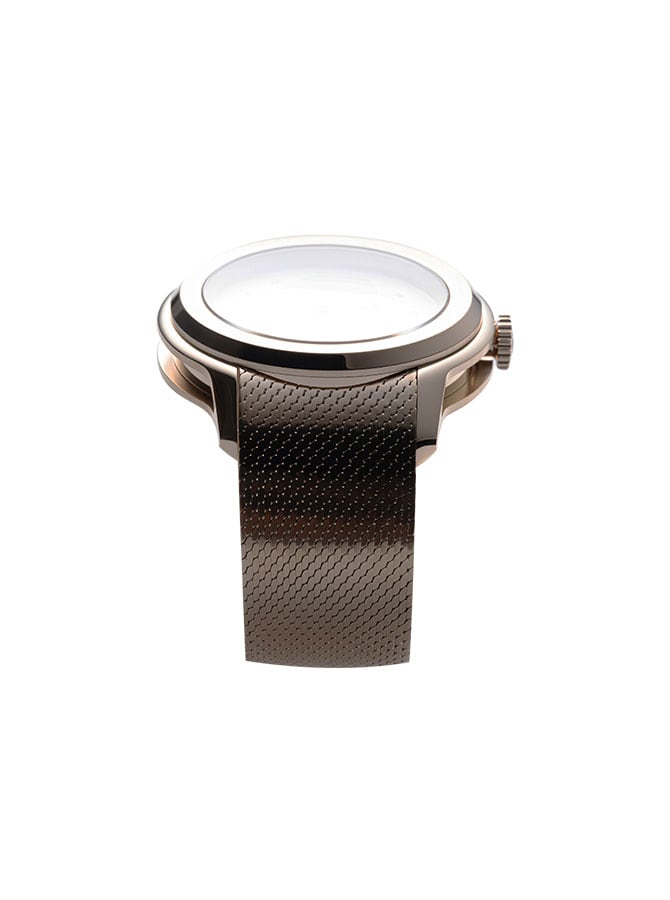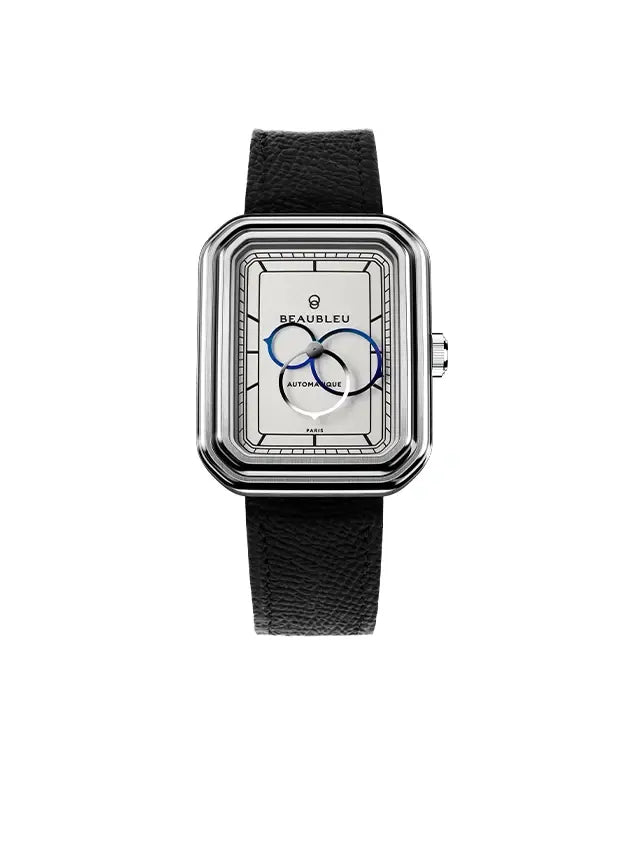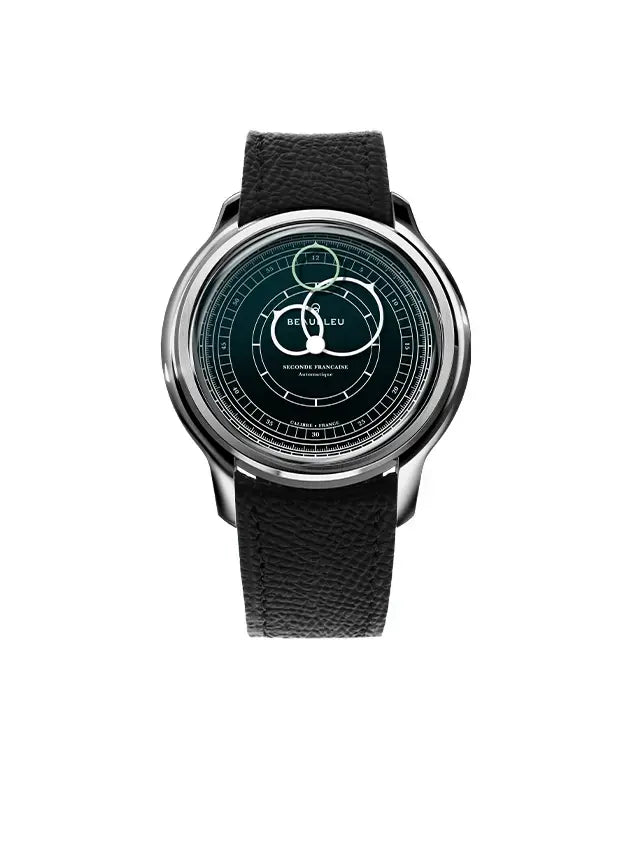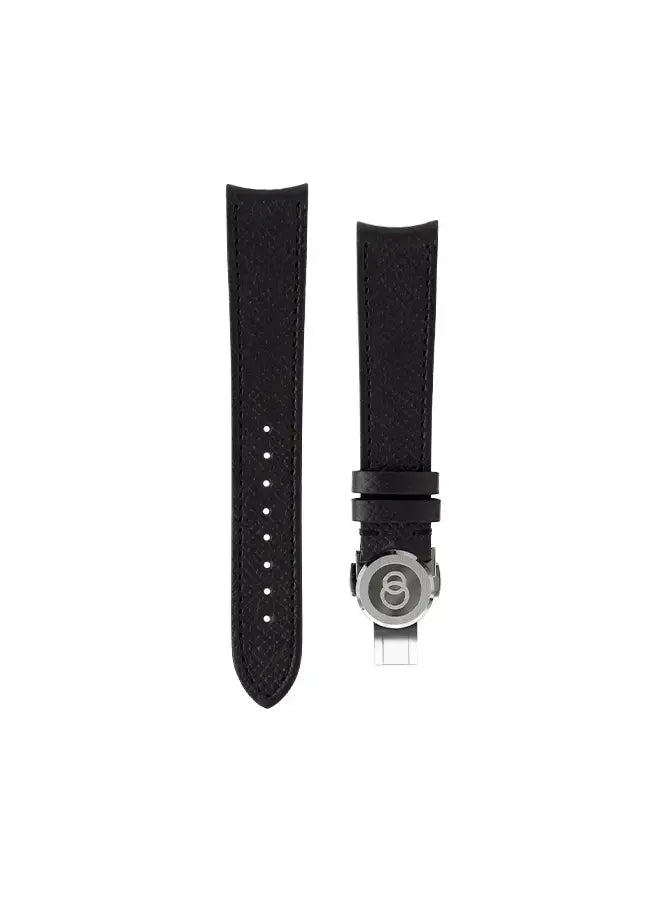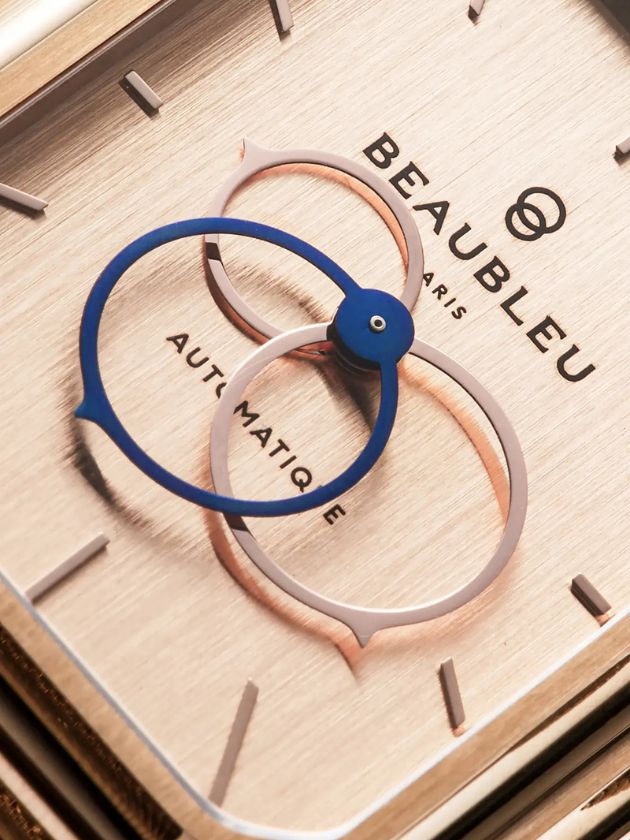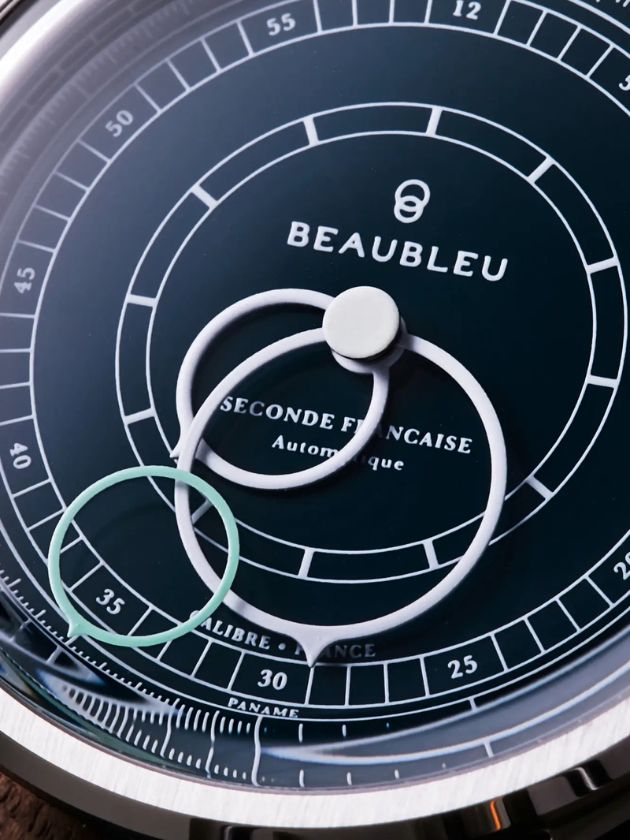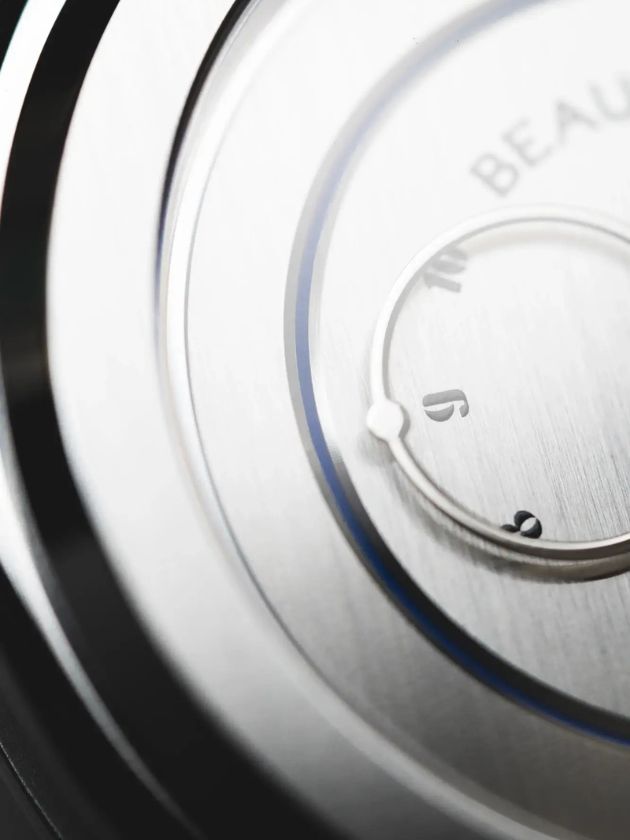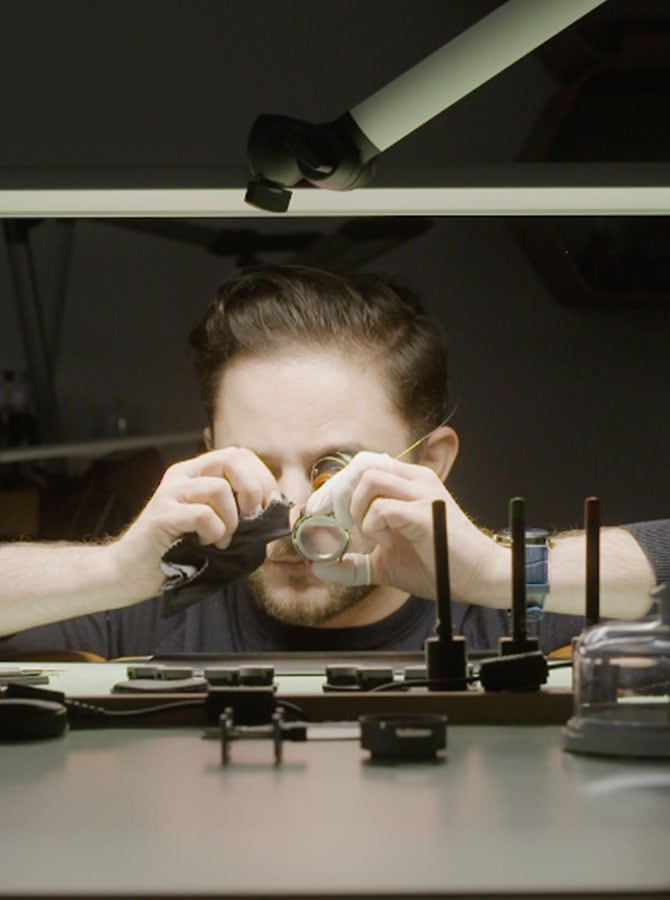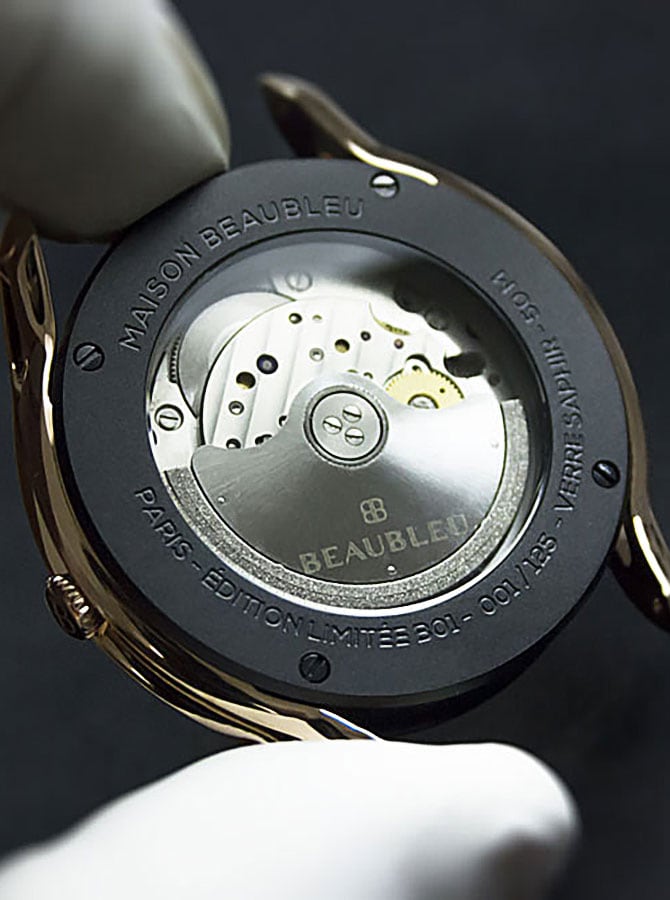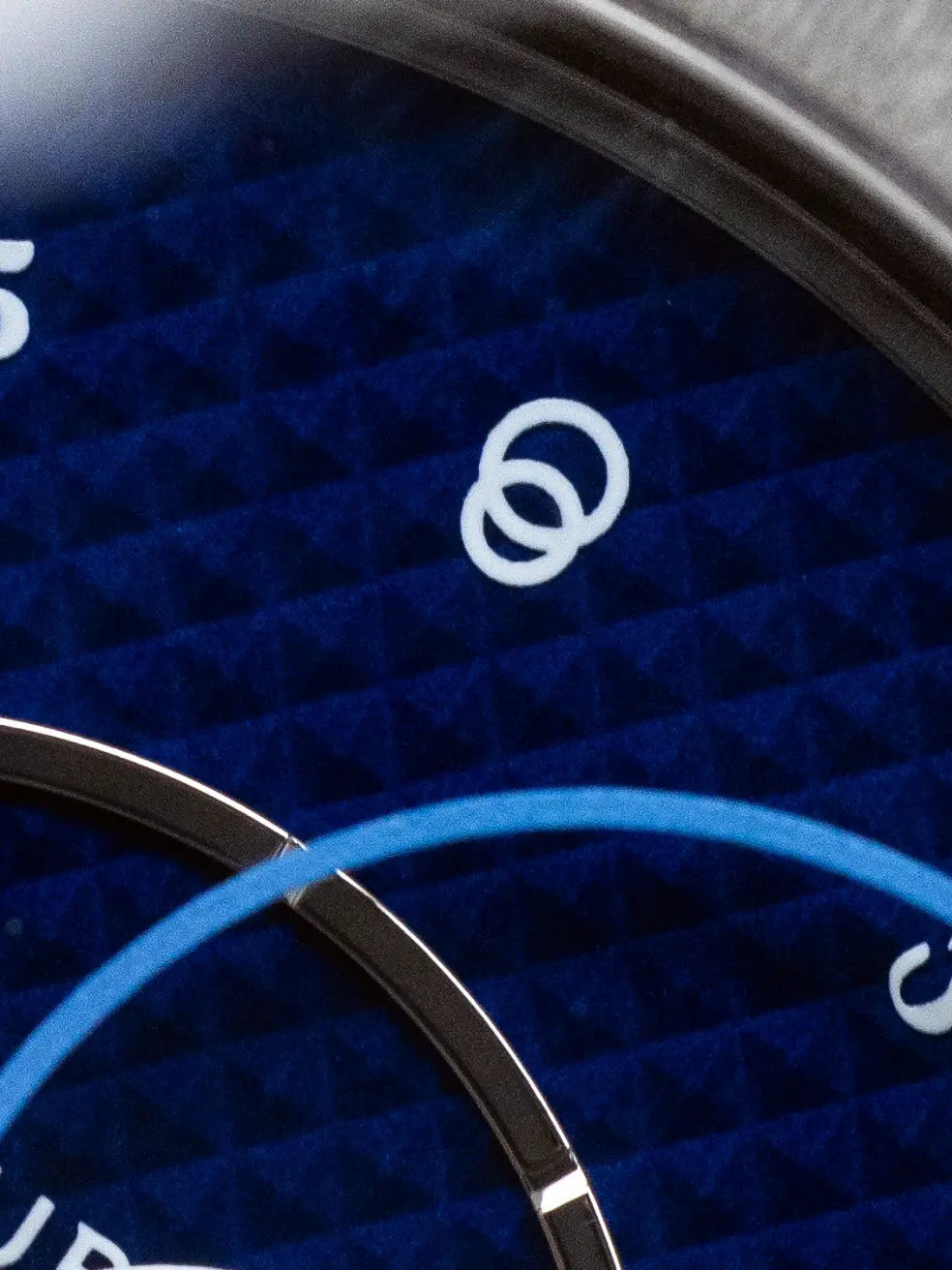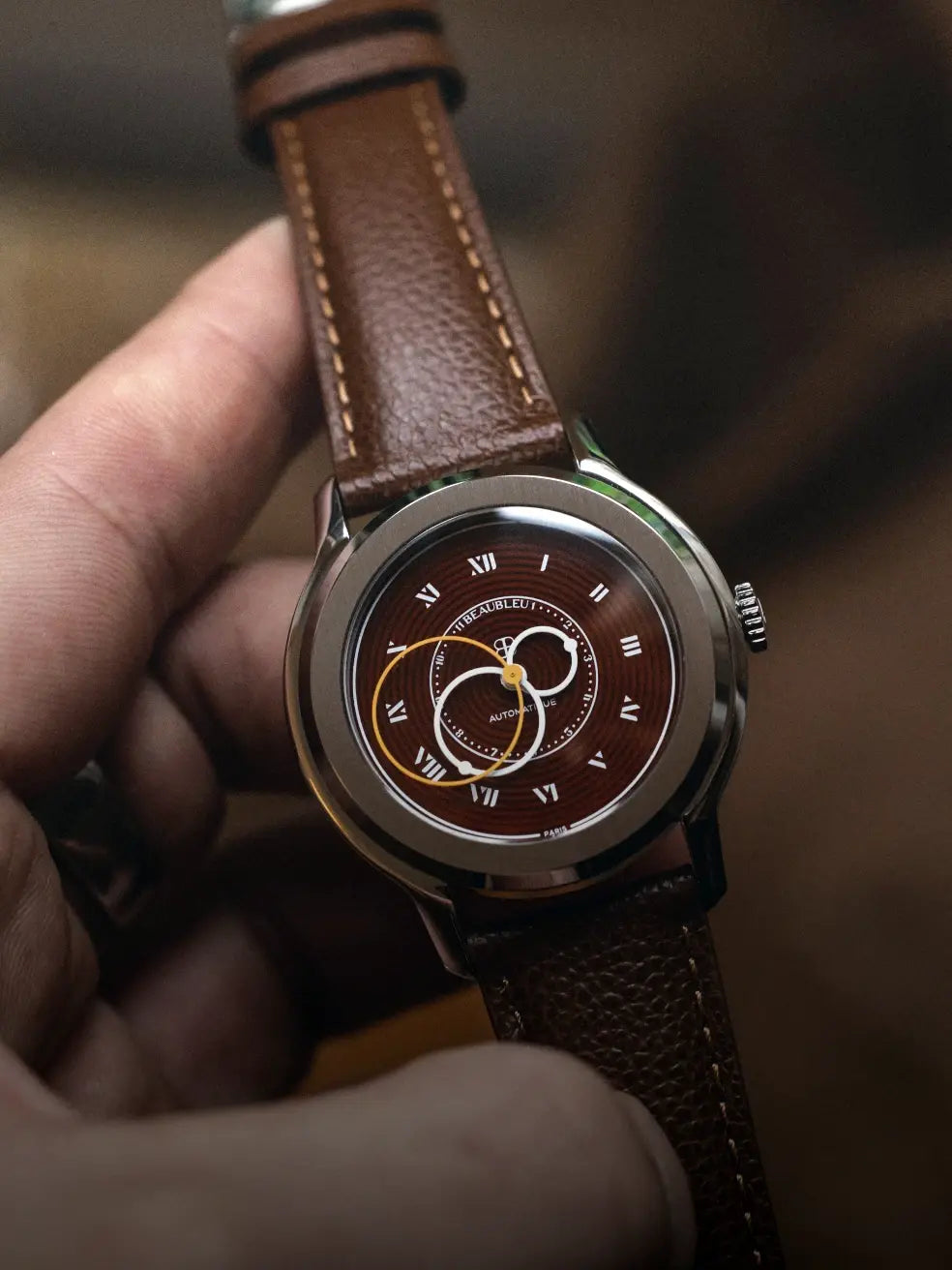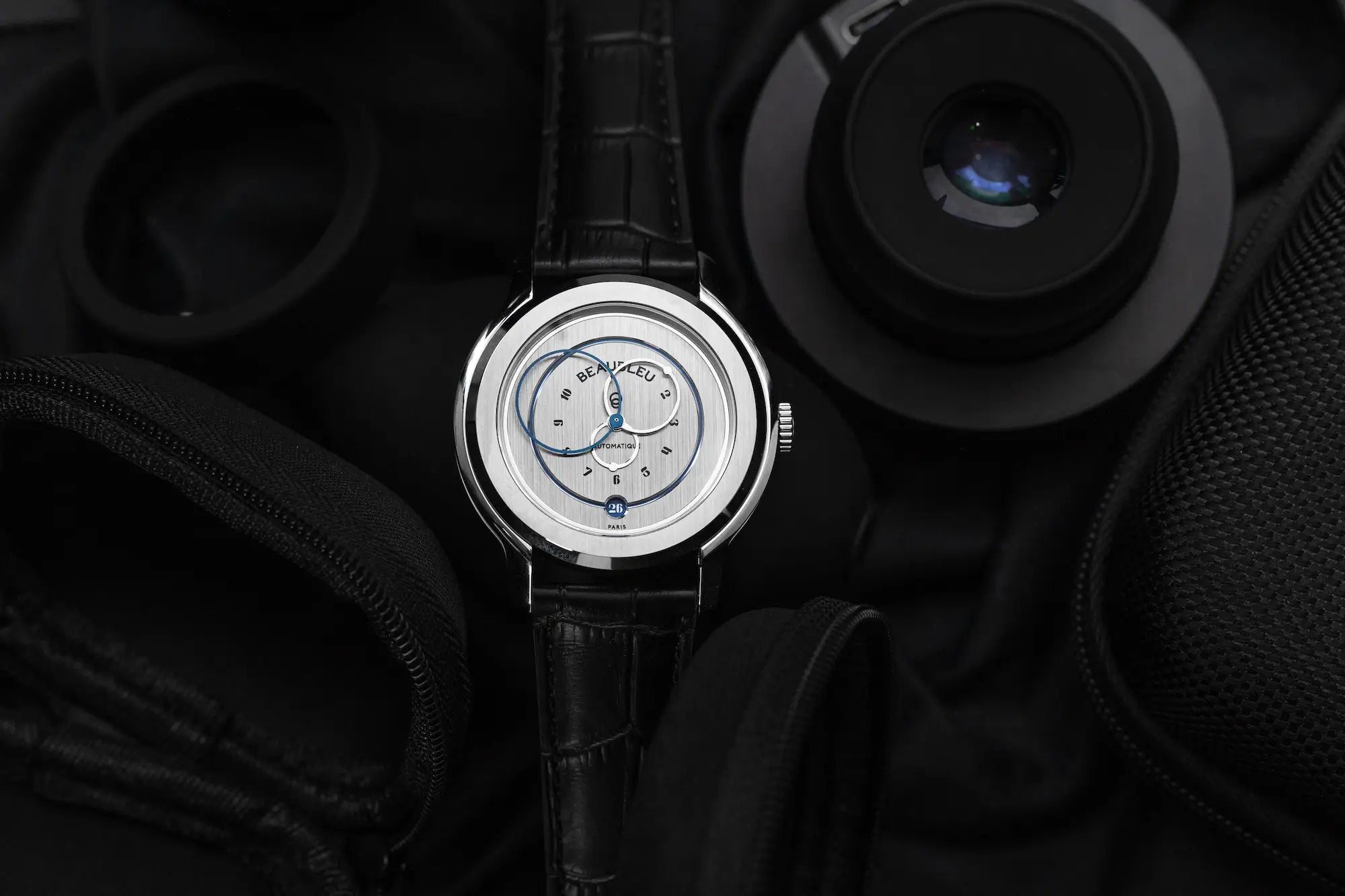
The watch winder
A very practical instrument, a watch winder will be used, as its name suggests, to wind your watch when it is not worn and its movement is not driven by the energy of your wrist. Is it essential? Not necessarily! But it can be a nice and useful accessory to protect your watches when you're not wearing them.
Watch winder: for what types of watches?
Let's now put aside quartz watches which need nothing other than a battery to operate and which therefore cannot be wound.
Conversely, when we choose a mechanical watch, we choose a watchmaking object which requires the intervention of its wearer to function and which must therefore be wound! Either manually by turning the winding crown of a manually wound mechanical watch, or without any intervention on an automatic watch which, as its name suggests, keeps regular time thanks to an automatic mechanism driven by the simple movement of the wrist of the one who wears it. This will only stop when it is no longer worn and its power reserve is completely exhausted, no longer allowing the automatic movement to operate.
A watch winder is therefore only suitable for a mechanical watch and, moreover, an automatic one.
Watch winder: the technique
When an automatic watch is not on the wrist, its power reserve decreases as time passes until its movement no longer turns and it stops completely. The watch winder will be used to avoid this stoppage. How? By simulating the natural movements of the hand by rotating the automatic watch when it is not worn. The winder turns, stops for a few moments, then starts again to allow the moving weight to be raised inside the piece.
Watch winder: a practical and stylish object
A watch winder is an object that proves to be very useful and which, for some, contributes to the experience and pleasure of owning a collection of watches.
A watch winder avoids having to restart your watch when you decide to wear it. Very practical but also functional and a real design object because it most often serves as an elegant storage box housing one or more timepieces. These will therefore always be ready to be worn, which allows you to quickly change the watch you want according to your mood or your outfit of the day.
There are many watch winders available and at all prices, from very inexpensive models – probably too cheap – to very high-end models made from luxurious materials.
In addition to the price, they can vary in size, with some being real treasure chests that can run more than a dozen watches.
Watch winder: an essential?
We often wonder if an automatic watch will be damaged when it is not worn and its movement is stopped. Of course not and fortunately so. Leaving it in a drawer for several months without using it is, however, not the best idea to keep it in perfect condition for the long term. An automatic watch is a watchmaking object that needs to be maintained and taken care of, and this necessarily involves passing it regularly on the wrist, or turning it using a winder, to start its movement and keep fluid oils inside. Conversely, you should not believe that a winder will “wear out” an automatic watch more quickly than if it is worn every day.
Winder or not, once again it is maintenance that is essential to keep an automatic watch in working order. Wearing your watch, winding it, having it serviced - all regularly - is the only way to preserve it perfectly and ensure the working condition of all its components.
